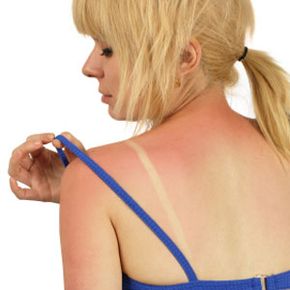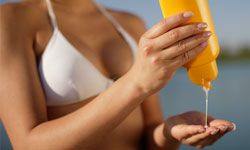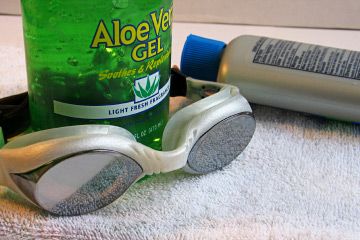Every summer, millions of Americans dig their swimsuits out of the back of their closets and flock to their favorite beaches. And whether their goals are to beef up their backstrokes, get lost in books or show off their beach-ready bodies, they all have to worry about ultraviolet rays from the sun. Too much sun today equals sensitive, red skin and lots of peeling tomorrow. But it also affects your skin's future health -- intense exposure to ultraviolet rays can increase your chances of getting premature wrinkles, liver spots and even skin cancer, including melanoma [source: Mayo Clinic].
But there's no need to spend the summer months hiding in a cold, dark basement. Plenty of products and techniques can help you enjoy the outdoors while staying safe from harmful sunburns. A popular first line of defense is a big bottle of sunscreen, but that isn't foolproof: Sunscreens must be frequently reapplied when we perspire, and even waterproof brands wear off after a few hours [source: Centers for Disease Control and Prevention].
Advertisement
In addition to the many sunscreen lotions and sprays that drug stores carry, there are now some alternative ways of protecting yourself from the damaging effects of the sun. Certain brands of clothing also claim to help protect the skin from harmful ultraviolet (UV) rays, and specific foods have emerged as aids in sunburn prevention.
This article will delve into these alternative methods of sunburn prevention. Keep reading to unearth a wealth of tips and tricks to block unhealthy burns while you soak up summer fun.
Advertisement


